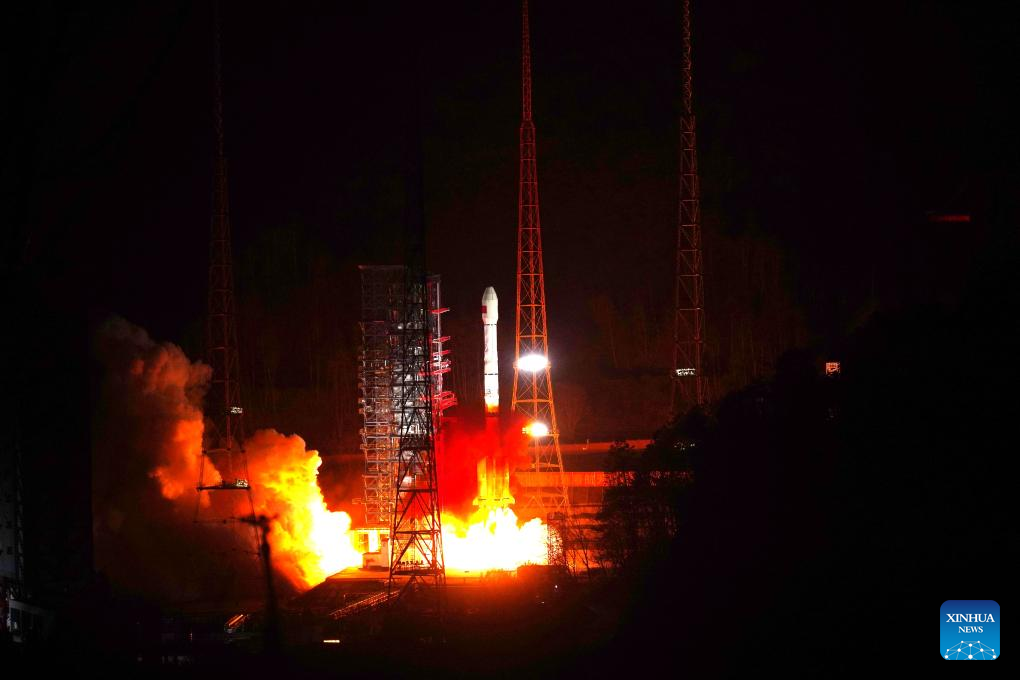
China launches its high orbit satellite to provide Internet
The powerful satellite will provide 5G and Internet connectivity in China and in the regions involved in the Chinese One Belt, One Road project.
On Thursday, February 29, China sent a high-orbit satellite for wireless internet into space from the Xichang launch center in the southwestern province of Sichuan. This was reported by the Chinese news agency Xinhua.
The Long March-3B launch vehicle, which took off at 21:03 local time (15:03 Kyiv time), put the satellite into Earth orbit.
SpaceNews reports that it is a high-orbit satellite Internet-01 (Weixing Hulianwan Gaogui-01) developed by the Chinese Academy of Space Technology (CAST).
The new satellite is another step in China’s efforts to build infrastructure in space. It is designed to support communication over long distances and improve the quality of telecommunications services. The satellite will be deployed to provide coverage throughout the country and the most important areas along the Belt and Road project route.
The satellite will play an important role in the development of 5G communications, as well as in supporting research missions in space.
China has a series of geostationary communication satellites, ChinaSat (Zhongxing), and a year ago launched the first high-speed Internet satellite, ChinaSat-26, which provides a data transmission channel of more than 100 Gbps.
The Chinese G60 satellite constellation may compete with Starlink. China is developing two mega-groupings of 12 thousand and 13 thousand satellites, and is also building a factory that will produce 1 satellite per day and a half. By 2027, it is planned to establish production on a scale that will allow for real competition with Starlink. The production capacity will be 300 satellites per year. Thanks to streaming production, the satellite manufacturing time will be reduced from 2-3 months to a day and a half. However, this still won’t allow us to compete with Starlink: the American SpaceX produces 6 satellites per day, so the grouping in orbit will grow at a slower rate.

